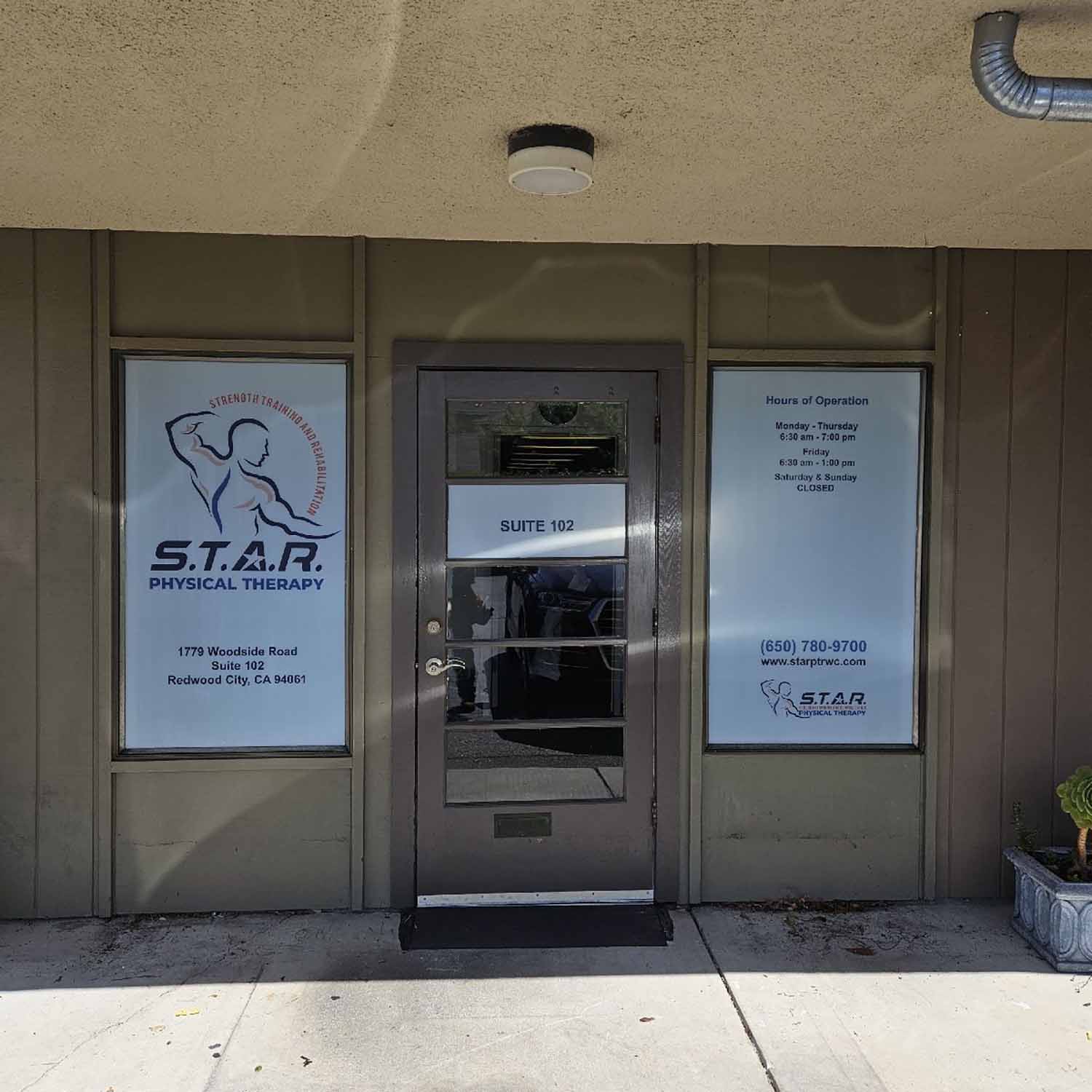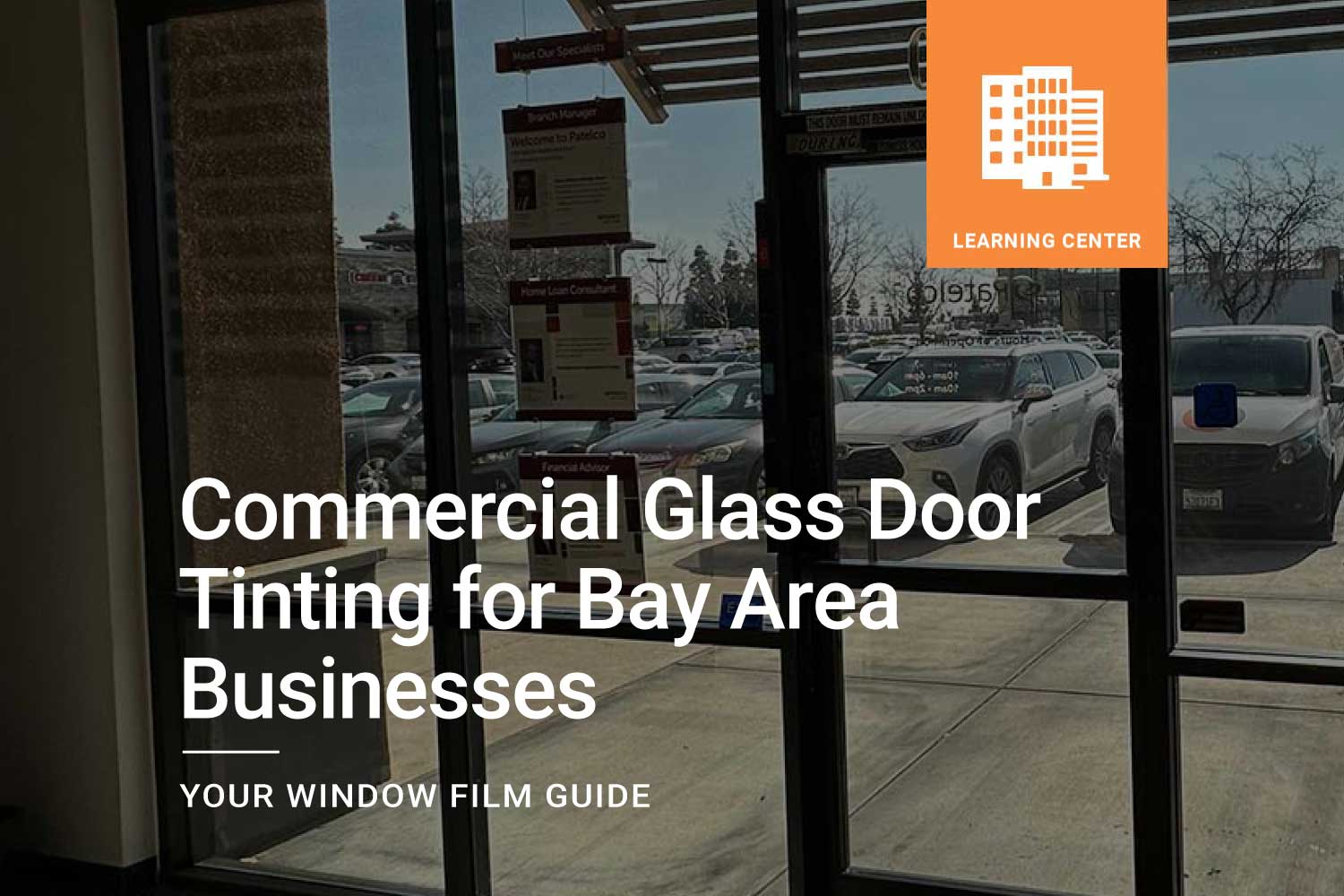
If you are thinking about adding heat, glare, and fade-reduction window tinting to your home or office space in the San Francisco Bay area, cost will undoubtedly become a factor in your decision-making process. “How much does it cost?” is a simple enough question, but one that does not garner an easy response.
And no, we here at ClimatePro are not pulling some salesman-like pitch as a means of getting you to pony up more cash for your window tinting job. There truly is not an easy, one-size-fits-all answer to the question of how much heat, glare, and fade-reduction window film costs. Just consider these window tinting pricing variables:
- Material composition of film
- Desired film properties
- Size and scope of project
- Timing of project
- Window style, type, and age
- Market conditions and location
Consider the Materials Used to Make Window Film
The first variable alone—material composition—represents well over a dozen price differentiations, given the wide range in prices for different material components. Heat, glare, and fade-reduction window film is typically produced with any number of formulations of thermoplastic polymer resin, along with additives such as dyes, pigments, metals, ceramics, and/or advanced nanomaterials. The melding of the resin with the additives help determine the film properties, and the additive type and quantity needed to influence the cost of making the film.
For example, consider spectrally selective window films, which provide the highest levels of heat reduction with the least reduction in visible light transmission. Because these films rely on advanced material additives, they cost much more than window tinting that relies on dyes or pigments as their primary additive. Typically, the more expensive the material cost of the additive, the more expensive the window film.
Price variables with project size and scope are self-evident, as such variation affects the price of any home or office improvement project. Timing of the project may or may not affect price, but rush jobs often command a premium to the standard price as they typically require an adjustment in our schedule and perhaps the need for additional labor.
Window style, type, and age affect the price because these parameters dictate in part the application process, with some windows—such as oval, round, French panel, or just aged—presenting potential challenges that may require more detailed work for a successful installation.
Market conditions can shift the wholesale pricing of the film, as well as labor costs, while the project’s location within the San Francisco Bay area can affect the cost of transportation to and from the project site.
Now that you know the parameters affecting the potential cost of your Bay Area home or office window tinting project, here are the rough estimates price ranges:
- Economy (typically dye- or pigment-based)—$8 to $10 per square foot.
- Intermediate (high-end dyes, pigments, and some metals)—$11 to $14 per square foot.
- Premium (advanced metals, ceramics, or advanced nano-materials)—$15-plus per square foot.
Possible Returns from Your Window Tinting Investment
In analyzing potential window film costs, though, make sure that you also factor in the numerous cost savings that your ClimatePro window tinting will provide you over the years to come. Depending upon the type of heat, glare, and fade-reduction window tinting you choose, as well as the space protected, you could save $100s, or even $1,000s, in annual energy costs. That heat-reducing window film also means that your cooling system will not have to work as long or hard to keep your home chill, ultimately meaning less wear and tear on your air conditioning system.
You might also realize a less obvious return from the sun protection your window tinting provides to your home or office interior and its contents. Window tinting will reduce sun-induced fading of interior flooring, walls, and furnishings that would otherwise occur over time. And this could prove invaluable should you own fine oriental rugs, antiques, valuable artwork, or family heirlooms, not to mention any displayed photos of your loved ones.
Last, you might be eligible for a state or federal tax credit for your efforts to “go green” and reduce your carbon footprint. Depending upon the tax credit, the rebate alone could significantly offset the initial cost of your window tinting investment.
To learn more about the effectiveness and cost of heat, glare, and fade-reduction window tinting, contact the San Francisco Bay Area’s window tinting experts—ClimatePro. With 40 years in the business, we can come up with the right window tinting solution for your unique needs and budget. With offices in North Bay, San Francisco, and San Jose, you can contact us today at 414-477-1576 to discuss your needs and associated window tinting options, and we’ll be able to provide you with estimated costs within a day or so.
Learn more about window tinting costs here.
References:
“Window Film: It Pays For Itself.” No Date. Window Genie. Retrieved at: https://www.windowgenie.com/blog/window-film-pays.html
“How Much Does Home Window Tinting Cost?” No Date. Home Guide. Retrieved at: https://homeguide.com/costs/home-window-tinting-cost
“Window Films: Spectrally Selective Versus Conventional Applied (Energy Engineering).” No Date. What-when-how. Retrieved at: https://what-when-how.com/energy-engineering/window-films-spectrally-selective-versus-conventional-applied-energy-engineering/




